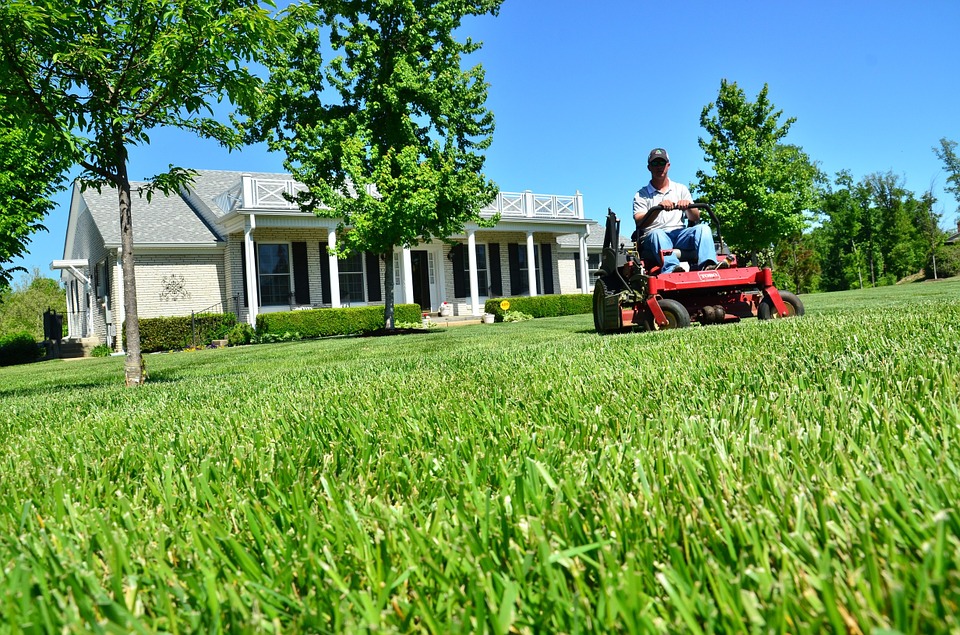Harsh winters are a lawn’s worst enemy. Many emerge from the snow-covered months with discolouration, bald patches, pest damage, and an overall unhealthy look. This means that many lawn owners have to spend some time in the spring nursing their lawn back to perfect health.
The warming daytime temperatures bring soil temperatures up, offering optimal conditions for germination. By the time summer rolls around, your lawn will be a lush sea of green, ready to tackle the fall and winter months once more. These are the 5 spring lawn care tips to bring your lawn back to perfect health.
Loosen the Soil
The winter frost and cooler temperatures harden the soil and create an impenetrable top layer. This makes it difficult for the grass roots to breach the soil and branch out in search of nutrients and moisture.
To give your grass optimal access to the nutrients sitting under the hard soil, use an aerator tool to break up and loosen the soil.
Create an Even Lawn
If there are areas that are depressed, it will impact your lawn’s drainage. The spring rains will then gather in low-lying areas, wreaking havoc on the grass and further damaging your lawn.
Once the winter is over, address these issues before the spring rains arrive by filling in depressed areas, improving drainage and preventing further damage.
Water Your Lawn in the Morning
Heading into the warmer summer months, you will need to begin watering your lawn to ensure it is getting all the moisture it needs. The best time to water your grass is in the early morning. This gives the lawn the opportunity to dry off before nightfall.
The issue with watering your grass in the evening is the cooler air temperature at night means the grass will remain damp. This allows the fungus to thrive, which could cause lawn damage. Insects will also enjoy the moist water, which could bring more pests to your lawn.
Use Fertilizer
Winter changes the soil PH, and once spring arrives, you will need to ensure your lawn gets back to its normal PH levels as quick as possible. Fertilizers do this. Most contain nitrogen, potassium, and phosphorus which help restore PH levels. They also provide the lawn with all the nutrients it needs to promote healthy growth.
Mow with a High Blade Setting
In the spring, you shouldn’t take more than 1/3 of the length of the grass. It may mean that you have to mow more often, but you won’t risk further damaging the lawn. Lower blade settings will remove more of the lawn’s nutrients, which are stored in the stem.
Also, taller grass is better positioned to cope with weeds. It has a longer root network, which means it will get more water and nutrients, giving it a higher tolerance for rain and heat. Taller grass will also help improve soil conditions. The shade that taller grass offers helps the soil retain water, meaning more water will be absorbed by the roots.
Once you have mowed, leave the clippings on the lawn. As they decompose, they release nutrients into the soil.
Approaching your spring lawn care regime in this way will ensure that your lawn gets the best head-start possible as it transitions from the colder months to the summer months.
Featured Image

